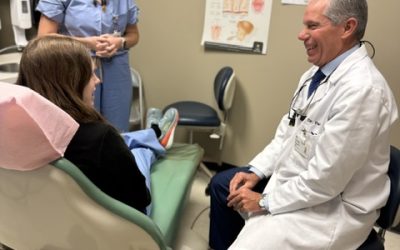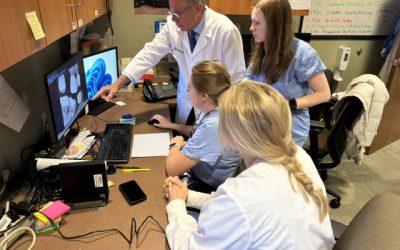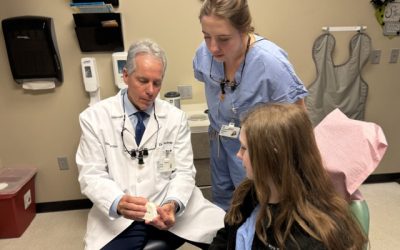Home / Antibiotics in Clinical Dentistry / Antibiotic Prophylaxis for Patients with Prosthetic Joints
Antibiotic Prophylaxis for Patients with Prosthetic Joints (Module 1)
Understanding the Latest Guidelines for Safe and Evidence-Based Dental Care
For decades, there has been ongoing confusion among dentists and orthopedic surgeons regarding the necessity of antibiotic prophylaxis (AP) for patients with total joint arthroplasty. Since 1997, there have been seven different guidelines on this topic, leading to inconsistencies in practice. The most recent Clinical Practice Guideline, released in December 2024 by the American Academy of Orthopedic Surgeons (AAOS) and American Association of Hip and Knee Surgeons (AAHKS), makes recommendations related to delaying dental treatment after joint replacement. A review of the evidence and why it is not necessary to delay dental treatment will be covered.
The American Dental Association (ADA) previously published guidelines in January 2015 in the Journal of the American Dental Association (JADA), concluding that there is no proven link between invasive dental procedures (IDPs) and late prosthetic joint infections (LPJIs). Additionally, studies confirm that antibiotic prophylaxis does not provide protection against LPJIs and may even pose risks to patients.

Course Topics
- History of past guidelines and in-depth discussion of the most recent 2024 AAOS/AAHKS guidelines
- Risk factors for prosthetic joint infection (PJI) and the role of oral health in prevention
- Pathogenesis and microbiology of PJI
- Bacteremia frequency in dental procedures and its clinical significance
- Efficacy (or lack thereof) of antibiotic prophylaxis in preventing LPJIs
- Risks associated with antibiotic prophylaxis, with a focus on C. difficile infection and antimicrobial resistance
- Why consulting an orthopedic surgeon is unnecessary when determining AP use
- Key differences between ADA and AAOS/AAHKS recommendations
- Review of the latest research studies supporting the ADA’s position
- How to manage patient concerns when they have been advised by their orthopedic surgeon to take AP or delay dental treatment
Why This Course is Essential
Despite clear evidence, a lack of consensus remains between dentists and orthopedic surgeons on this issue, with many orthopedic professionals continuing to recommend outdated AP practices. As a result, many dentists feel compelled to defer to orthopedic surgeons when advising patients. This course is designed to ensure you have the confidence and knowledge to make informed decisions, protect patient safety, and educate both your patients and medical colleagues on why antibiotic prophylaxis is unnecessary and potentially harmful.
Take the Next Step Toward Safer, Smarter Patient Care
This course (Module 1) will equip you with the scientific evidence, clinical reasoning, and communication strategies needed to ensure best practices in dental antibiotic prescribing.
Join us today and help bridge the gap between dentistry and orthopedic surgery by providing your patients with the safest, most effective care possible.
MODULE 1: Antibiotic Prophylaxis for Patients with Prosthetic Joints
MODULE 2: Antibiotic Prophylaxis for Patients at High Risk of Infective Endocarditis
MODULE 2: Antibiotic Prophylaxis for patients with other Medical Conditions
MODULE 3: Antibiotic Stewardship
Module 4: Appropriate Antibiotic Use in Dentistry
Additional CE Programs
![]()
Live classes
See what is available
![]()
Online classes
You pick the schedule
Register
Sign up here to take this course in person.
Latest News
The Importance of Antibiotic Stewardship in Dentistry
Did you know that overuse of antibiotics in dentistry can lead to severe complications, including Clostridioides difficile (C. diff) infections and antibiotic-resistant superbug infections? While antibiotics are lifesaving when used appropriately, their overuse can...
When Should Dentists Prescribe Antibiotics?
When prescribing antibiotics, dentists should be sure that the benefit outweighs the risk and that the antibiotics are being prescribed according to current guidelines and best practices. Much of the information clinicians may have learned in dental school or...
The Hidden Dangers of Antibiotic Overuse in Dentistry
The CDC estimates that there are 2.8 million antimicrobial resistant infections each year in the United States leading to 35,000 deaths. Another 29,000 people die every year from antibiotic associated C. difficile infections. Considering dentists are...



